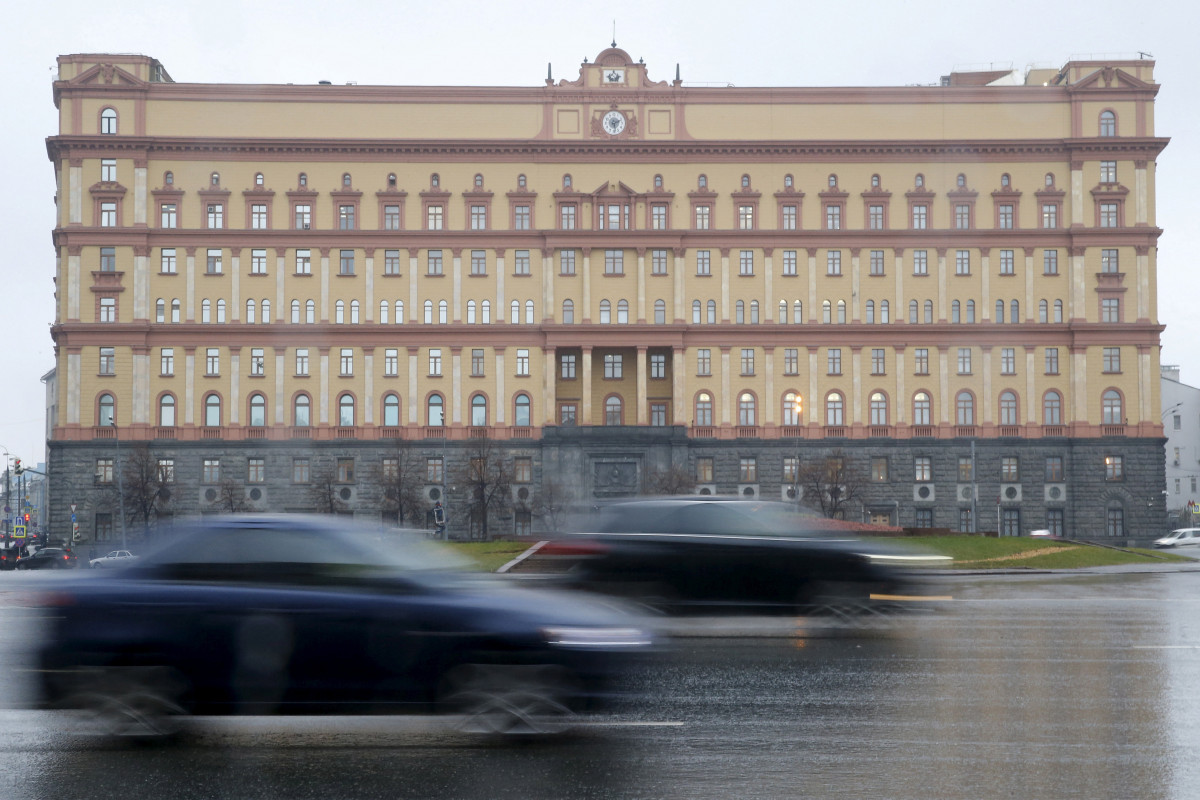WHO/Europe has published key considerations for the gradual easing of the lockdown restrictions introduced by many countries in response to the spread of COVID-19 across the European Region, APA reports.
The transition out of lockdown is set to be a complex and uncertain phase. Challenges and circumstances vary from country to country and there is no one-size-fits-all approach. It is vital that countries clearly communicate this to the public to build trust and ensure that people observe restrictions specific to their situation.
WHO/Europe highlights 4 key components for the consideration of easing large-scale restrictive public health measures:
- public health and epidemiological measures;
- capacity for dual-track health system management;
- population and behavioural insights; and
- social and economic implications.
The countries of the Region are hugely diverse, and COVID-19 adds extra layers of complexity with differing rates of infection and health system capacities both between and within countries. With this array of factors, transitioning from lockdown presents different challenges to each country.
Dr Hans Henri P. Kluge, WHO Regional Director for Europe, said: “This document aims to support countries by providing key considerations for the slow easing of restrictions and transitioning to a ‘new normal’. While everyone wishes the return of economic activity, it’s important to be clear that this will be a gradual process, requiring strict monitoring and a possible reintroduction of measures should there be a new increase in cases.”
Criteria to begin easing physical distancing measures
WHO guidance includes 6 criteria for moving to ease lockdown restrictions. Countries must ensure:
- that evidence shows COVID-19 transmission is controlled;
- that public health and health system capacities are in place to identify, isolate, test, trace contacts and quarantine them;
- that outbreak risks are minimized in high-vulnerability settings, particularly in homes for older people, mental health facilities and crowded places of residence;
- that workplace preventive measures are established, including physical distancing, handwashing facilities and respiratory etiquette;
- that importation risks can be managed; and
- that communities have a voice and are aware, engaged and participating in the transition.
Due to the complex nature of the COVID-19 situation, countries are at different stages. Some are beginning to ease restrictions while others are choosing to continue strict lockdown measures.
Adaptable approach
As restrictions are eased, it is important for countries to recognize that it may be necessary to reintroduce physical distancing measures to manage outbreaks. This fluid approach is known as bidirectionality.
A rigorous surveillance programme to identify, test and isolate all cases and to trace and quarantine their contacts is vital to ensure that localized outbreaks do not get out of control. When measures are eased, cases should not exceed a sustained reproductive factor of 1, and should ideally remain below 1. This means that a person with confirmed COVID-19 does not pass the disease on to more than 1 other person to keep the number of cases flat.
A trend showing increases in the number of new cases would require a quick reintroduction of physical distancing measures to contain the outbreak. As a result, the easing of lockdown restrictions is prone to short-term change.
Staggering the easing of restrictions
The easing of restrictions in certain countries will also have to be staggered over a period of time. Due to the nature of COVID-19, it is difficult to understand the impact of any easing of restrictions until 10–14 days have passed. As a result, the easing of restrictions will be gradual and many will return to a new normal of hand hygiene, coughing etiquette and distancing routines.
In addition, the health workforce needs to be offered the opportunity to rest and recuperate. Understandably, COVID-19 has had an effect on routine service delivery by crowding out other health issues that health systems will need to quickly address. For example, children may have missed routine vaccinations, which will need to be quickly rectified to avoid any outbreaks of vaccine-preventable diseases.
With these considerations, WHO is providing a series of pointers for countries seeking to ease some restrictions while remaining vigilant and prepared to respond to any new outbreaks of COVID-19.







